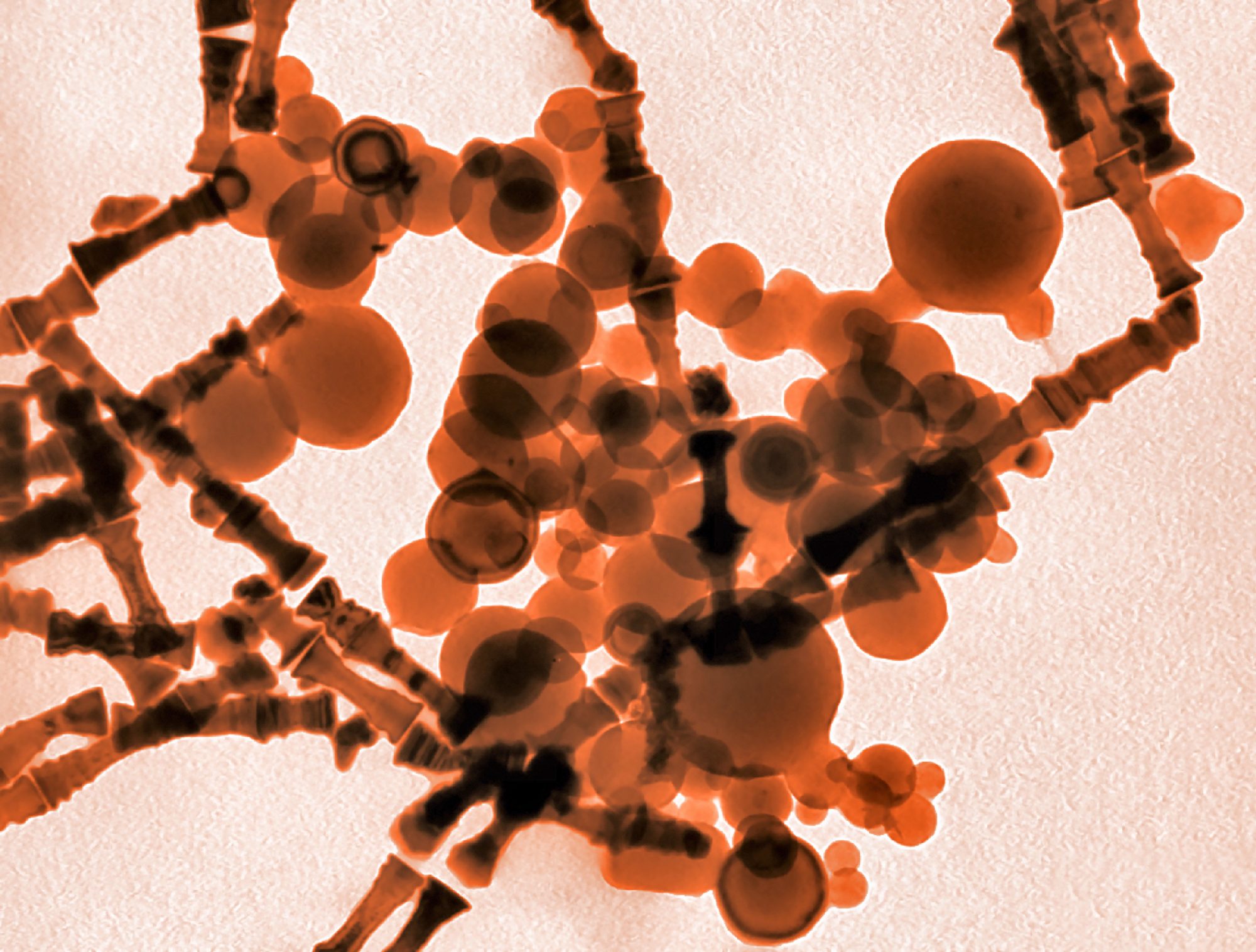In this toxicology & health science focus, Ken Tachibana from Sanyo-Onoda City University in Japan, walks us through the long-term effects of exposure to nanoparticles
Environmental pollution can take many forms. It can range from the disruption of natural phenomena such as the ozone layer, to the increased development of lung diseases through air pollution in cities. There are a myriad of sources of pollution and a huge range of potential pollutants. A well-established source of pollution is diesel fumes. These are found in high concentrations in all cities coming as they do from cars, buses and vans. Exposure to these fumes can be extremely damaging and is highly correlated with increases in lung diseases.
Other sources, however, are less intuitive. Pharmaceutical pollution, for example, is the pollution of our water systems with either intact medicines or metabolic by-products of those medicines. Since our water systems often feedback into themselves, these chemical substances can persist for years and do untold damage to both wildlife and, potentially, people. Other sources of pollution can include the apparently innocuous. Sun cream falls into this category, as its key components are extremely durable and its effects on people and wildlife are as yet not fully characterised.
We focus on the toxicity of particulate matter, especially nanoparticles. These are broad terms, but they generally imply that these molecules have some active property that remains active beyond their intended period of use. Also common to these particles, the study of the effects of persistent exposure to them has been limited, especially their effects on the development of children in the womb.
There is growing evidence that particulates inevitably have an impact on development; however, the mechanism behind their action is not well established.
We have, therefore, made uncovering the genetic and biochemical mechanism of effects our priority. Although the adverse effects of nanoparticles on foetuses and newborns will have a crucial effect on future generations, very few researchers are examining it. Particularly, there are few groups worldwide who are clarifying the adverse effects of nanoparticles on stem cells. We think it is essential to elucidate this mechanism, especially the effect on the function of developing neural stem cells.

Nanoparticle exposure & neural development
Our team has shown that nano-particles have a negative effect on the neural development of mice. Since then, we have been working to find the method to investigate this effect on neural development. Our team has uncovered that the particles somehow act to alter gene expression. RNA screens show that levels of certain mRNAs are altered in the brain exposure to nanoparticles.
We have also observed a related significant change in how neurotransmitters are made and processed. Neurotransmitters are the signalling molecules responsible for communication between neurons. Their concentrations and recycling in the cell are carefully regulated. Disrupting that balance can have very negative effects. For example, we have shown that levels of dopamine and its metabolites were altered after exposure to nanoparticles. This could have potentially huge downstream effects on mental health in later life.
Disruption of microRNA expression caused by nanoparticle exposure
We have begun to notice the role of microRNAs in the impact of nanoparticles. MicroRNAs are small sequences of RNA that play a vital role in modulating gene expression in the cell. The exposure of the mother to nano-particles leads to changes in the levels of certain microRNAs in the brain of offspring. We used bioinformatics to model the microRNA targets and looked at the function of these targets. We found that this microRNA regulates genes associated with the differentiation of neural cells and memory function, both essential processes in development.
Since proving nanoparticles are exerting a significant effect on neural development through microRNAs, the next step is to look at the effect on developed mice. We are looking to conduct a longer-term experiment whereby they follow exposed mice into adulthood and examine the effect of the particulates. In addition, we are planning to observe a phenotypic effect, that is to say, a measurable difference such as the cognition of the exposed mice.
Alongside the in vivo experiments, we have also been running detailed biochemical and genetic analyses. Our team has used bioinformatics to estimate the key targets of gene expression changes caused by nanoparticle exposure. By simply looking at the gene expression data, it would have been difficult to identify the genes that are affected by the microRNAs. However, bioinformatics enables complex analysis of the data, which has allowed us to pull out data on these microRNAs. Fortunately, one of my collaborators has the technology to analyse our data properly. They have helped with a comprehensive analysis in silico that clarified the candidate mRNA/protein whose expression levels were altered by maternal nanoparticle exposure. We are currently examining candidate target mRNAs, proteins and biological functions of miRNAs found from these in silico analyses.
Future studies
Investigating the long-term effects of exposure to nanoparticles is just the beginning of our work. We are looking to explore other genetic and epigenetic factors. One element we are already working on is DNA methylation. This is a modification to the DNA itself, which can have complex effects on patterns of gene expression. These patterns are inheritable and thus modifications in them are important. It is thought to be an important phenomenon to select the genes in the developmental stage and it has also been reported that DNA methylation state is dynamically altered during development. We speculate there is a possibility that nano-particles transferred from pregnant mothers alter the DNA methylation state of neural stem cells of offspring. There is an association between DNA methylation and microRNA expression. We would like to examine whether the altered expression of microRNA found in the present research project is related.
Nanoparticles and particulates are here to stay and becoming more prevalent as new products and medicines make use of them. Being able to suitably characterise their effects opens the door to creating treatments and taking measures to counter them. Our fundamental work would be, therefore, an essential piece in the puzzle and may well prove extremely important.
*This is a commercial profile.
© 2019. This work is licensed under CC-BY-NC-ND.











